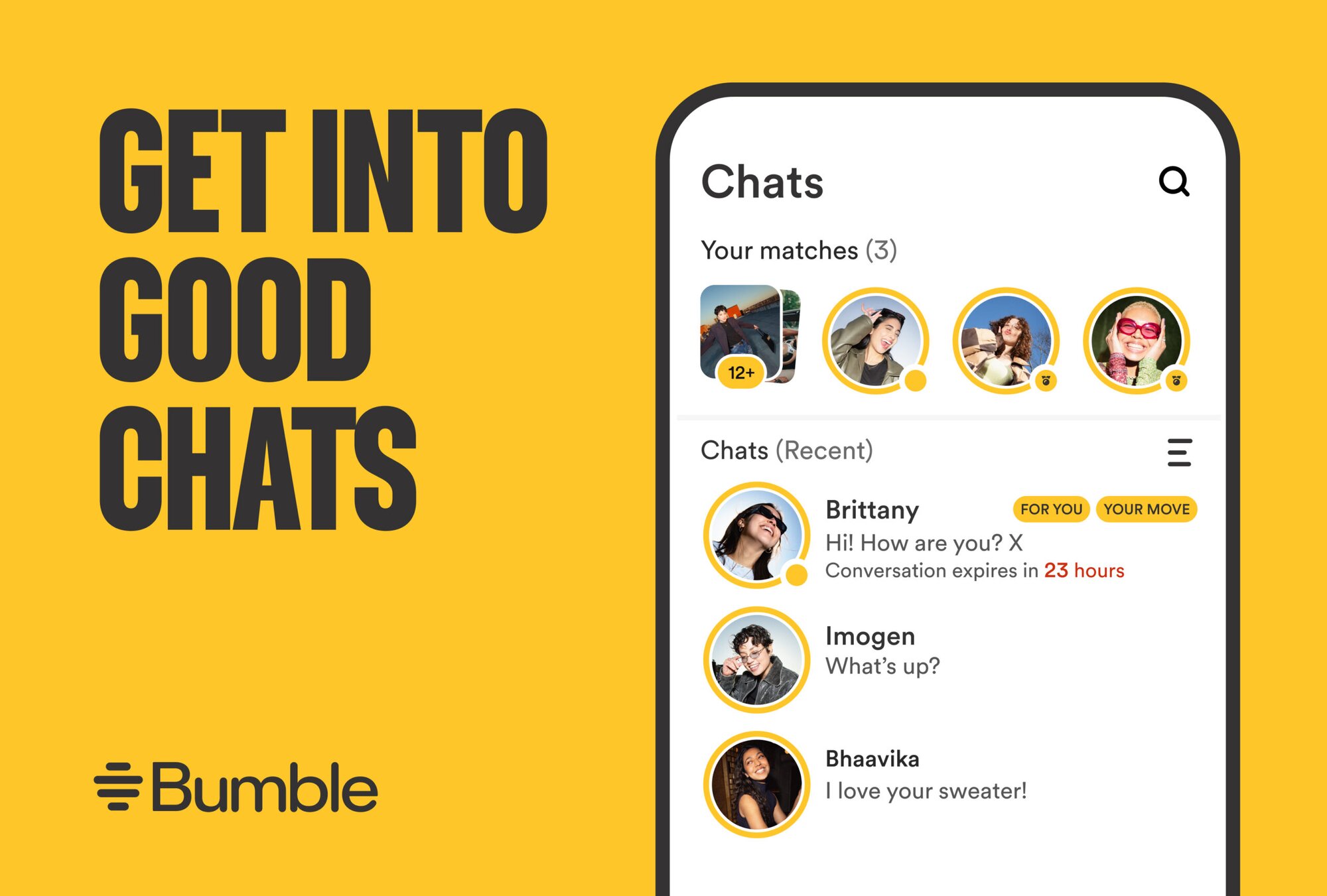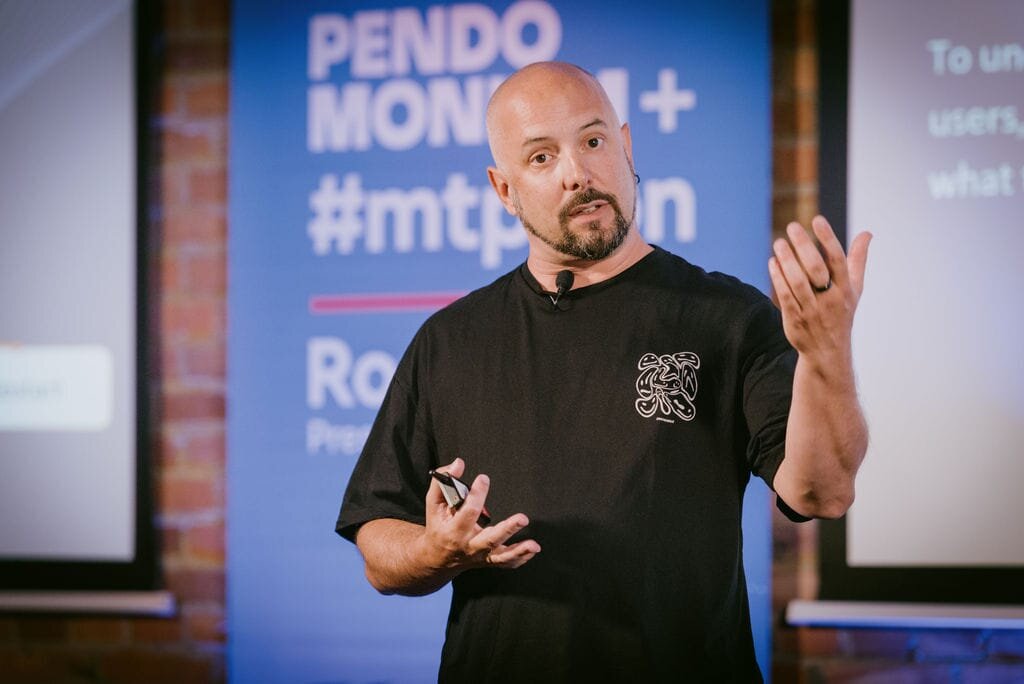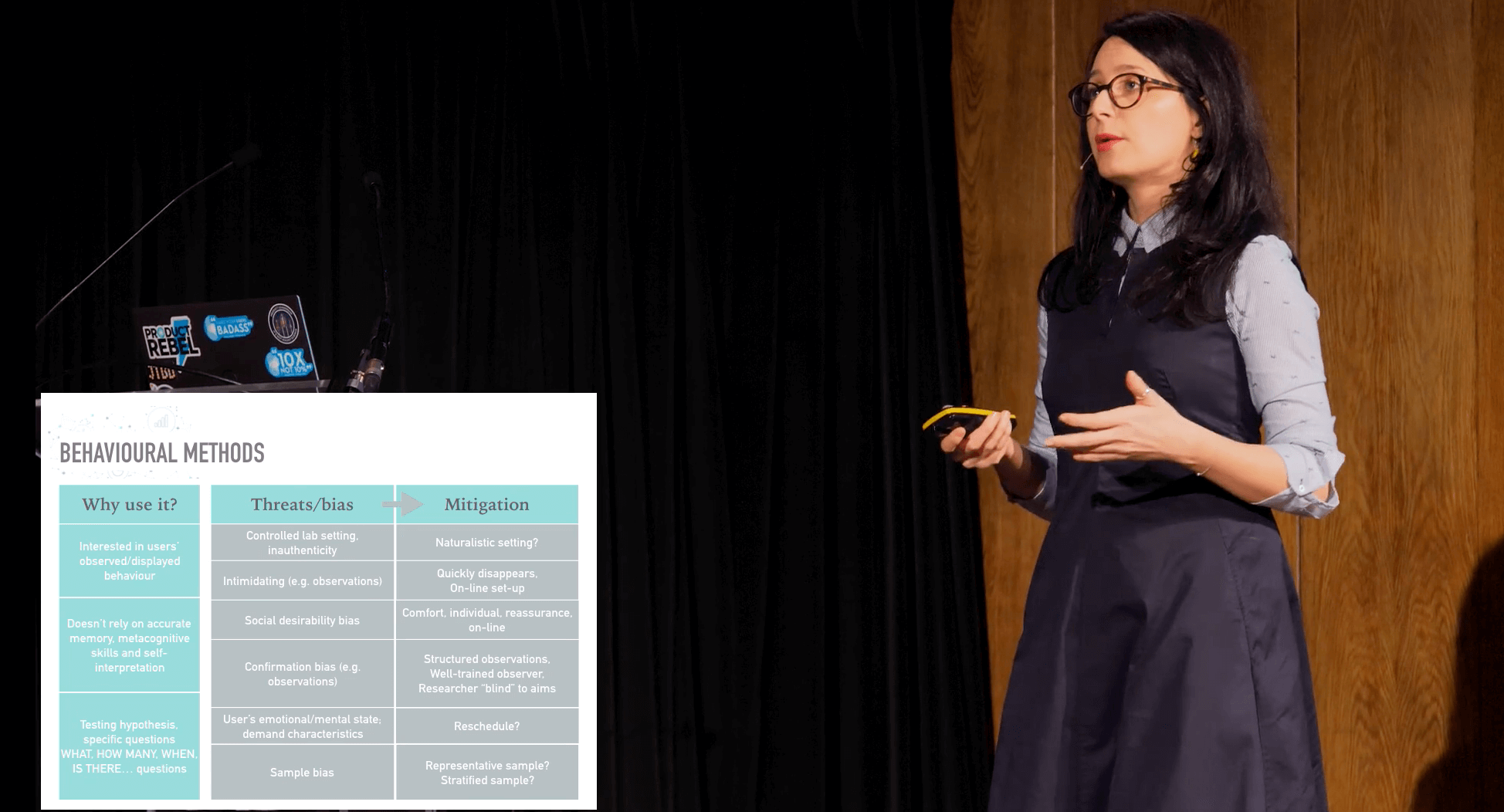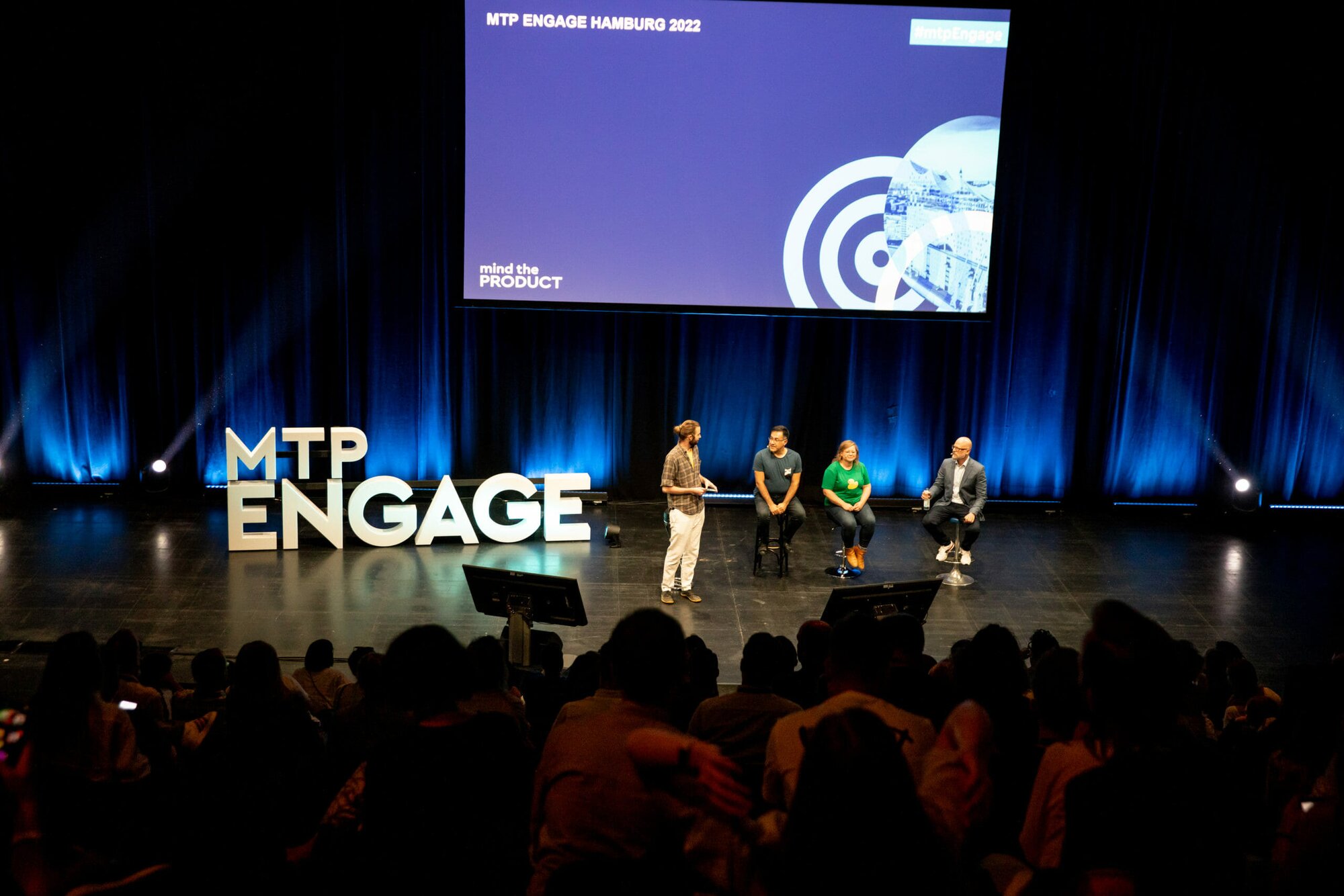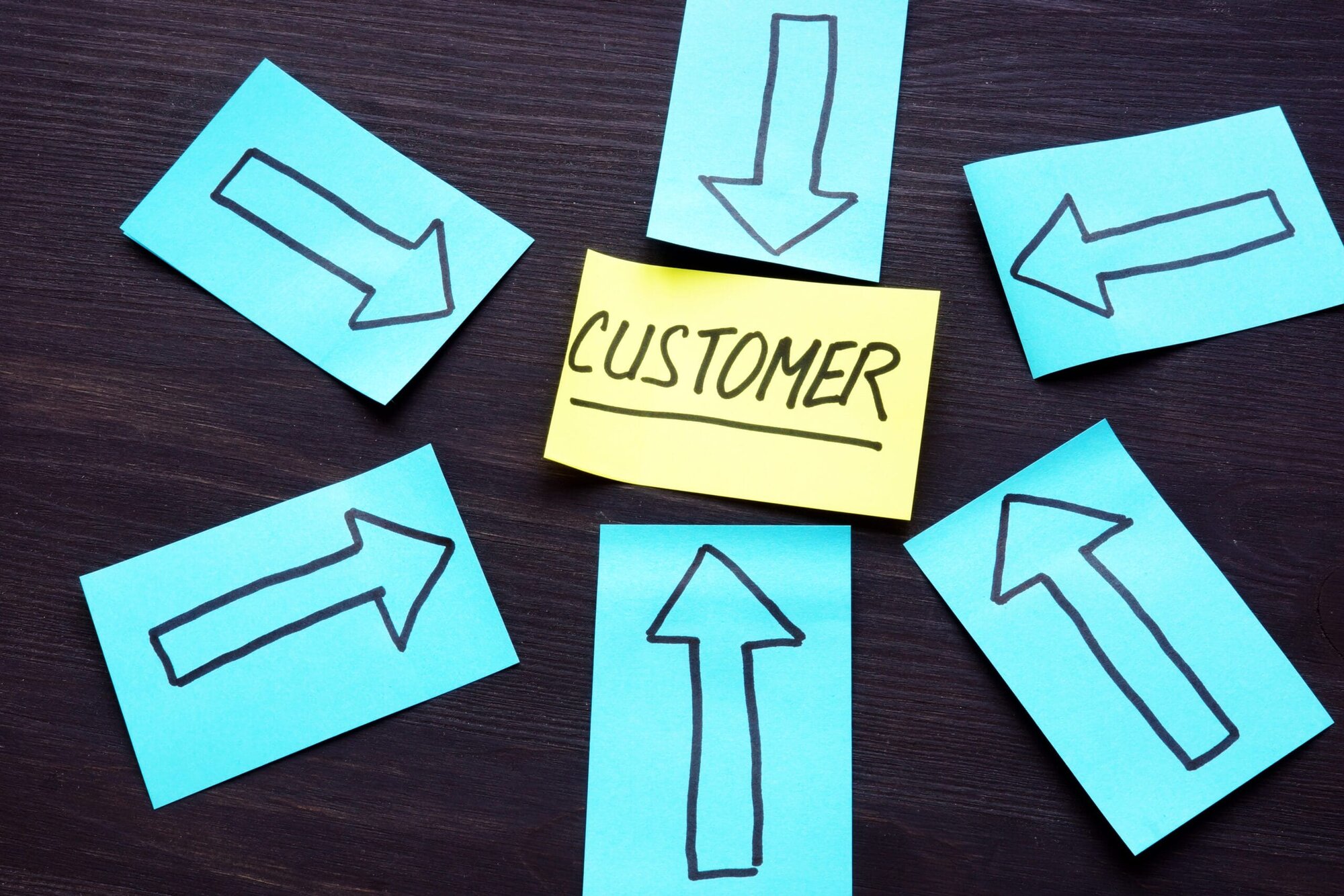Product changes are an inevitable part of any business. Whether it’s a whole new release or just an update, product improvements are what keeps customers coming back. Something this important needs to be communicated successfully to ensure that the customers know the changes and how they will benefit them. Let’s look at how you can announce a product change to keep customers satisfied.
Why should you announce product changes?
Satisfying your customer is about more than just the occasional discount code or referral incentive programs. Successfully communicating your new product changes to customers is a vital part of any business, and when done incorrectly, it can result in adverse or indifferent customer reactions.
We all have a very clear image of Steve Jobs walking around on stage with a simple outfit and complex new product. But not all product changes and announcements are this big or exciting. Steve Jobs didn’t hold an international press conference every time the iPhone needed a bug tune-up.
Humans are creatures of habit. Whether you’re announcing a different font or creating the best new marketing collaboration software, many people believe the saying “if it isn’t broke, don’t fix it.”
To a company, a new product change can be exciting, offering the chance to show off the hard work you’ve put in to create this new feature or update. You probably have high hopes that this new element will provide your company with revenue and drive business growth.
But for many users, updates can be a nuisance, delaying them from doing the task they set out to do and throwing in an added layer of complexity.
There isn’t a single one of us who hasn’t delayed their phone update by a few days. Statistics show that four weeks after the iOS 13 launch, only 50% of users had downloaded it.
The main reason for this is that the majority of users tend to be unaware of what a new product change can offer them. This is why it’s vital that you effectively communicate this.
The communication techniques and methods you use will, of course, depend on your business and the specific product (we’ll discuss this further below).
Here are the two most common product changes companies tend to make:
- Minor changes – this can include bugs, virus-related updates, or any other small changes. They’re valuable changes for your users, and can also showcase your IT efficiency.
- Major changes – these types of changes can be anything from a new product or line to drastic changes to company policy and general business direction. For example, a company specializing in video call software would experience a major product change if they decided to venture into cloud security software.
The most crucial reason you should announce product changes isn’t just so your users are aware of it; it’s so that your users are excited by it. It’s your job to let them know how this change will benefit them, and it’s not a bad idea to remind them why they use your product in the first place.
This extra marketing bump will not only make users want to try the product change but can also encourage inactive customers to start using it again.
Leave the element of surprise to wild animals and Christopher Nolan. Product users like to be prepared for changes. Creating a foolproof and effective communication strategy is the best way to ensure that users will accept, adopt, and enjoy any upgrades or tweaks.
Let’s have a look at how you can do this.
What communication techniques should you use?
Communication is one of the most critical aspects of business success. A company that clearly and openly communicates with its customers, users, or clients is seen as far more transparent and trustworthy.
In the same way that your products are critical to your company’s success, so are your customers. So, if you want to update your product, you need to keep them up-to-date.
Define your goals
When creating an effective, customer-centric communication strategy, it’s essential to have two main goals:
- Inform and explain
- Prevent confusion
These two goals are interrelated. But even if you’ve informed them, it doesn’t necessarily mean you’ve prevented confusion.
Consider this scenario. Say you’re a company that provides customer support products, and you’ve recently released a new line of remote collaboration tools for customer service. Just because your customers have been informed of the potential features of this product change, it doesn’t mean they’re not confused about how it relates to their specific needs.
This leads us to the next point.
Personalization
No one does or should know your audience better than you. But a common mistake that companies make is assuming all their customers or users are the same. The more personalized the communication is, the more likely the customer will be satisfied with the new product change.
Here’s what the statistics say:
- Over 75% of customers say a personalized message will increase the chances of them purchasing from a company.
- 44% of customers who receive a personalized experience are retained.
- Almost 50% of customers have completed purchases they never intended to make because they received a personalized interaction.
Let’s say you’re a company producing small business apps and software. Your technology extends from teambuilding apps to Robotic Press Automation (RPA) software.
Clearly, in this scenario, you have a wide variety of customers, which is why segmentation is vital. Segmentation is the method of splitting your audience into sections based on specific characteristics. This allows you to deliver tailored messages to specific groups with ease.
Demographic segmentation
One of the most common types of segmentation in marketing is demographic segmentation. This can include segmenting audiences by traits such as income level, education, race, gender, occupation, age, etc. For example, companies that sell luxury bath products may want to direct their marketing towards the more affluent.
Here are a few ways you can split your customers depending on your business and industry:
- Location
- Demographic
- Language
- Specific product
Businesses that are successful in satisfying their customers when they announce a new product change or update are the ones who prepare for every potential slip-up.
You must ask yourself the right questions: How significant or insignificant is this product change? Will it affect the current habits of my customers? How can I ensure my customers are on board?
The answers to these questions differ from industry to industry. But the general throughline is preparation. Let’s have a look at how you can do this.
Research and feedback
The best business decisions are backed by data and research. Collecting and analyzing data from various channels is the best way to understand your customers and create the most effective product change announcement strategy.
Research removes the guesswork. This is crucial as companies that guess incorrectly when deciding their product change announcement strategy run the risk of losing or dissatisfying their customers.
Carrying out analytics will help you decide what to announce, how to announce it, and where to announce it.
Data collection can come from interviews, surveys, email data, shopping cart data, purchase history data, etc. But without analysis, data isn’t useful. This is why it’s recommended that companies track the customer journey and create user personas.
User personas
User personas take segmentation even further. This is the process of separating your audience into even more detailed groups based on factors such as interests, habits, social media preferences, age, gender, etc.
These insights allow you to better understand your audience and curate the best product change announcement for each specific user persona.
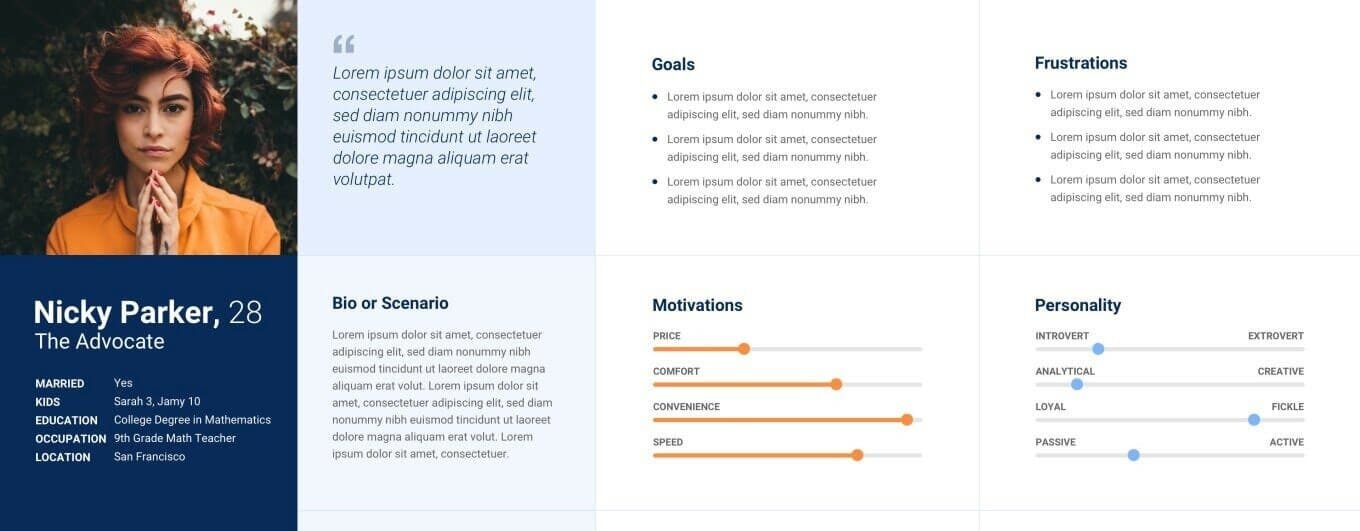
Feedback
One of the most valuable data points for businesses is direct customer feedback regarding product changes. The way your customers react and engage with your current and past product change announcements can inform future ones.
Feedback can be anything from direct loss of customers to comments, social media engagement, and emails. Of course, every company wants to get it right the first time. But reacting to feedback after the product change release and adjusting your techniques for the future is also crucial.
Listening to customer feedback will not only improve your ability to make better product change announcements, but it will also make your customers feel more valued. A company that listens and reacts to its customers’ wants and needs is far more likely to increase customer loyalty and retention.
An excellent example of this was Kellogg's launch of the new white chocolate Coco Pops. Here, they listened to their audience's requests on social media and released the new line of cereal. They also showcased their audience's tweets in their promotional campaign to highlight that they are a brand that values their customer's opinions.
What communication methods should you use?
Regardless of what method you choose, the most important aspect is clarity. Make sure your announcement is clear and easy to understand. Using images and other media assets such as videos and GIFs are a great way to elevate your announcement and draw your customers’ attention.
An example of this was Mondelēz International's release of its product Belvita. They used various images and well-produced video campaigns on both social media and YouTube. This increased their brand awareness by almost 30%.
In the same way that businesses use tools for sales, marketing, and operations, let’s look at some of the tools and methods you can use to communicate your announcement.
Written content
New product changes are almost always improvements or features that the company is proud of. This is why creating a company blog detailing your changes and plans for the future is a great way to announce these to your audience.
Not only that, blogging can attract more customers that value these new changes, and it asserts your authority as an industry leader.
Other forms of written content can include newsletters. Newsletters sent via email provide you with a direct communication pathway to your customer. A monthly newsletter enables you to build trust with your audience and over 30% of marketers believe they’re the best way to nurture leads.
Even though written content is incredibly valuable, it shouldn’t be the only way you announce a product change. This is because most written content is delivered to customers via email. Over 15% of emails never make it into a customer’s inbox, and when they do, the opening rate is only 15-20%.
Live content
Face-to-face communication is one of the most effective ways to engage with your audience. You can see them, and they can humanize you. The coronavirus pandemic has limited the amount of face-to-face contact, but with the current technology available, live events can still take place.
Instead of seminars, many companies are opting for remote webinars to announce the launch of a new product or any significant product changes. Webinars can happen live or be filmed in advance — they’re often used when a particular product change requires a detailed explanation.
An alternative or addition to a webinar is a live interaction session. This allows your customers to interact and ask you questions and even utilize online file sharing. This engagement, similar to responding to feedback, makes your audience feel more valued.
Social Media
Social media is an excellent way to elicit customer interaction and garner attention for your product changes. One thing you need to decide is which social media platforms to use.
This will depend on your specific audience and should become clear during the research phase. For example, younger demographics tend to congregate on Instagram and TikTok.
Tutorials
Tutorials, walkthroughs, and modals are features located on the product, website, or application and draw the customer’s attention to any changes. These features usually pop up when the customer uses the product and provides a step-by-step guide. Customers should always be given the option to skip and return later.
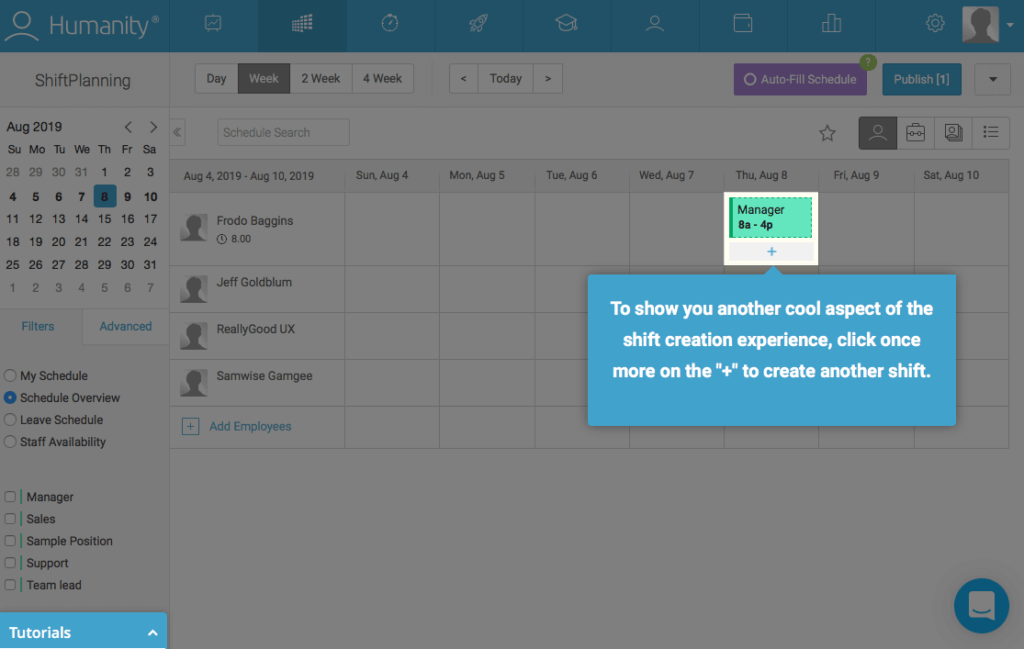
In conclusion
Product changes might be immensely important for companies, but for an indifferent, unaware user, they can seem like an annoying hindrance. This is why creating an effective and personalized communication strategy is vital to ensuring that the customer is as excited as you about this product change.
Let’s quickly recap how you can keep your customers satisfied when announcing product changes:
- Remember why you need to announce it. A great announcement will allow your customers to get the most out of this new change and increase their satisfaction in the long run.
- Define your main objectives and create personalized messages that your customers will appreciate.
- Research your customers. Use analytics to help inform your decisions and segment your audience for maximum personalization and engagement.
- Vary your communication channels. Written content, live events, social media, and tutorials are some of the main tools you can use to deliver your message effectively.
Discover more content on User Experience or use our Content A-Z to find even more product management content.


